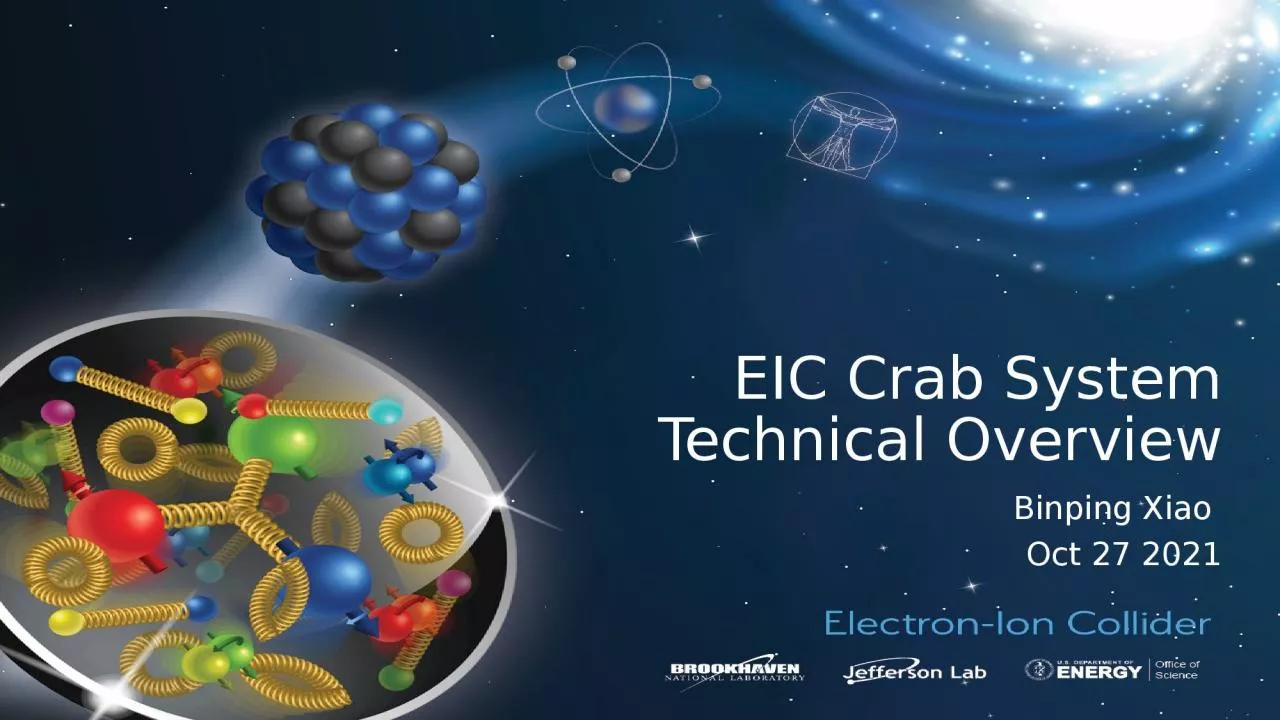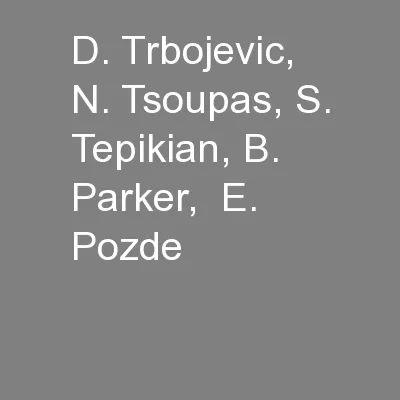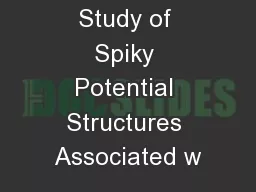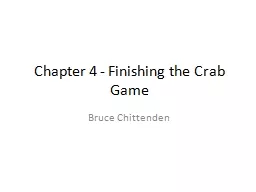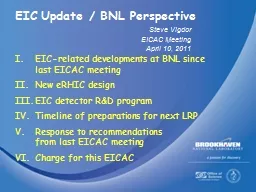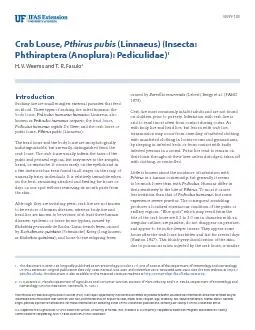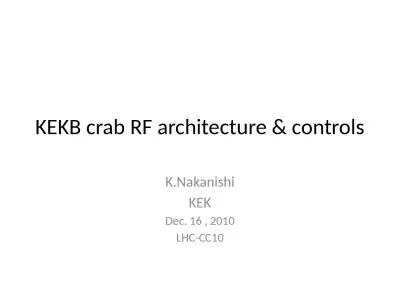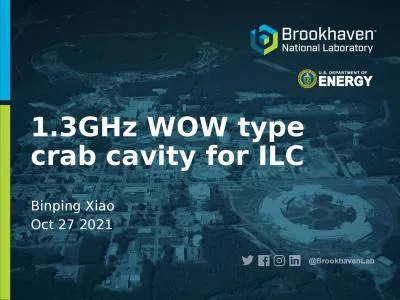PPT-EIC Crab System Technical Overview
Author : Daredevil | Published Date : 2022-08-02
Binping Xiao Oct 27 2021 Crab cavity system overview Outline Reasons to have crab cavity system Locations frequencies voltages geometric constraints number of
Presentation Embed Code
Download Presentation
Download Presentation The PPT/PDF document "EIC Crab System Technical Overview" is the property of its rightful owner. Permission is granted to download and print the materials on this website for personal, non-commercial use only, and to display it on your personal computer provided you do not modify the materials and that you retain all copyright notices contained in the materials. By downloading content from our website, you accept the terms of this agreement.
EIC Crab System Technical Overview: Transcript
Download Rules Of Document
"EIC Crab System Technical Overview"The content belongs to its owner. You may download and print it for personal use, without modification, and keep all copyright notices. By downloading, you agree to these terms.
Related Documents

